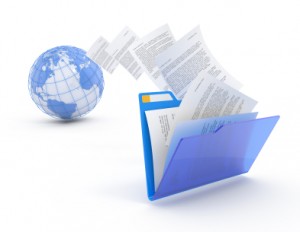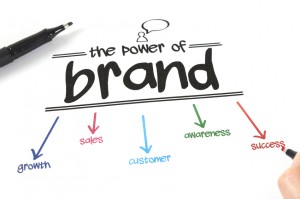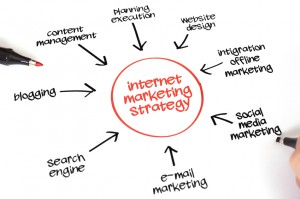In my last post I emphasised the importance of giving your customers the choice between choosing paper and viewing documents online or what I call a multi channel service.
More than 42 years have passed since the first mobile phone call was made by a motorola employee, Martin Cooper in the USA.
Since then, the sale of smartphones has reached dizzying heights and has become the staple business tool for many of us.
Connecting and transacting business on a daily basis is now commonplace from emails, shopping, banking online; it would be hard to imagine a life without a smartphone.
72% of us own a smartphone.
Generation Y those aged between 25-30 are the most likely to own a mobile phone (89%) and Generation Z, 16-24 year olds follow closely with smartphone ownership at 85%.
This group are most happy to use apps for shopping online. 54% of 54-65 year olds own a smartphone.
Mobile websites and having the ability to interact and communicate important information to your customers via mobile is increasingly important.
Offering a multichannel service to deliver and communicate with your customers is key to customer retention.
Mobile technology is rapidly becoming the most popular channel for people to be able to access information and being able to adapt your delivery processes to ensure that customers have access to the information online, on mobile and in paper format is crucial to ensuring customer longevity.
By providing a seamless experience to the customer irrespective of the channel they choose – telephone, online, mobile phone, they are made to feel like they are dealing with one company.
How they receive and interact with the information is important for long term customer relationships.
 It is no longer about sending paper communications, customers need to have the choice how they interact with the information they receive from you and as the above statistics show mobile adaptation for businesses must be considered part of the marketing process.
It is no longer about sending paper communications, customers need to have the choice how they interact with the information they receive from you and as the above statistics show mobile adaptation for businesses must be considered part of the marketing process.
Businesses need to embrace mobile technology and adapt their services to fit with the needs of their customers.
Presenting documents online can be costly and time consuming firstly there is the need for:-
- a website
- emails
- developing an app(s)
- web portal
They also need to be mobile responsive which means that the document needs to emulate the layout and content of the paper document and respond to the size of screen it is viewed on.
Multichannel communication is about presenting documents online so that customers can view information anytime and anywhere.
Part of the multichannel service experience is about driving up customer engagement and organisations need to understand how customers use mobile technology in their personal lives – for shopping, banking and connecting on social media driven to use their smartphones more readily to access their documents when they are on the move.
Viewing customer information is not solely for the smartphone, it needs to be viewable on PC’s, laptops, tablets and in paper format.
A multichannel service allows your customers to choose how they prefer to view the information you send them without forcing them to take up an option they are not happy with.
For more information about multichannel distribution of electronic documents and online viewing. Please feel free to call us here.











